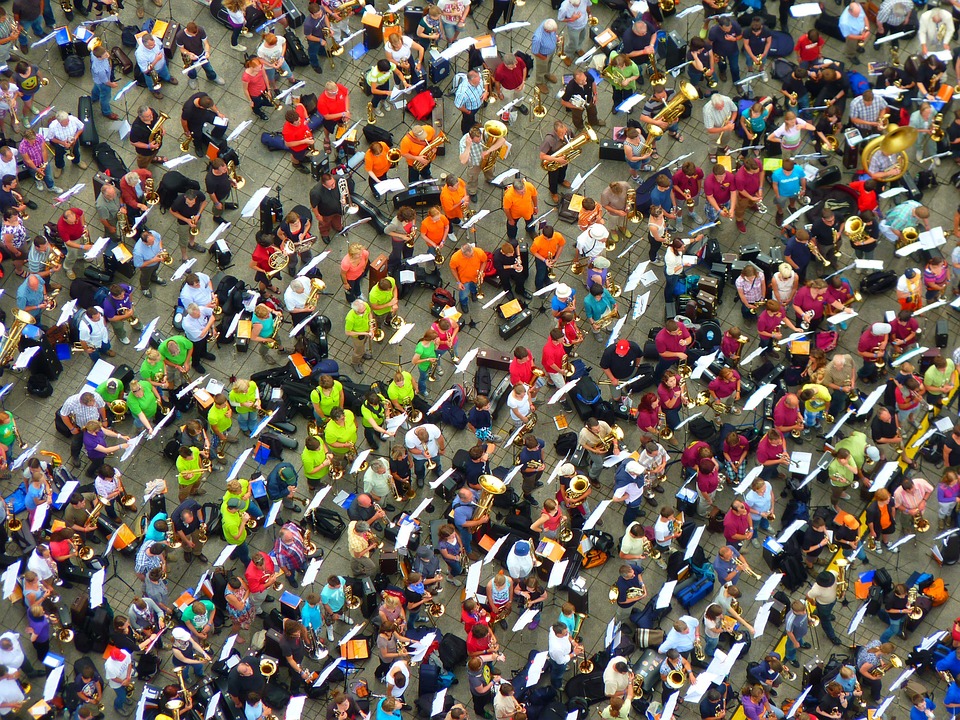In an era where the world is perpetually illuminated, quantifying the number of light sources that permeate our environment becomes an intriguing challenge. This exploration leads us into the very fabric of our daily lives, compelling us to apprehend the ubiquitous yet often overlooked phenomena of artificial and natural light. From ancient fire sources to modern LED technologies, the diverse spectrum of light sources not only scatters illumination but also shapes our psychological, biological, and sociocultural landscapes.
The discourse surrounding light sources arguably begins with the elemental understanding that light, both natural and artificial, bifurcates into various classifications. Natural light primarily encompasses sunlight, moonlight, and starlight. Meanwhile, artificial light sources—an immensely expansive category—encompass everything from incandescent bulbs to high-intensity discharge lamps. A radical change in the composition and ubiquity of these sources can be observed hastening alongside technological evolution. Therefore, discerning the actual number of light sources extant in the world prompts a multifaceted inquiry.
To embark on this quest, it is essential to stratify the types of light sources. Natural light sources are largely finite. The sun alone generates a colossal amount of energy that radiates across the Earth on a daily basis, impacting agricultural cycles, ecosystems, and even human behavior. The moon and stars, meanwhile, contribute comparatively minor amounts of illumination. Calculating the number of external celestial bodies that emanate light would amount to a staggering figure; estimates suggest billions of stars within our Milky Way alone. Each star, while intermittent in its influence, constitutes a singular natural light source.
Transitioning to the realm of artificial light, we encounter an astonishing complexity. Artificial illumination can be dichotomously subdivided into several categories: domestic, commercial, industrial, and public lighting systems. Each category encompasses myriad types of light sources, such as incandescent lamps, fluorescent tubes, LEDs, and more sophisticated technologies like OLEDs and laser diodes.
In domestic settings, the average household alone typically comprises a plethora of light fixtures—pendants, recessed lights, sconces—as well as numerous portable sources like lamps and string lights. Taking an average family home with ten to twenty fixtures, one can extrapolate this to encompass millions of residential units across the globe. The proliferation of smart lighting technologies—wherein light sources can be controlled via digital applications—adds another layer of complexity, further multiplying potential light sources by several factors.
Commercial and public spaces introduce additional dimensions to this exploration. Considerations must be made for retail shops, offices, and outdoor areas such as streets and parks. Each commercial establishment routinely boasts extensive lighting solutions tailored to enhance aesthetics, heighten visibility, or promote safety. In urban areas, the nocturnal illumination provided by street lights, billboards, and decorative façades further compounds the overall count of light sources. With hundreds of thousands, if not millions, of businesses and public infrastructure installations globally, one can begin to grasp the magnitude of artificial lighting in numerical form.
The industrial sector further amplifies this figure through an extensive array of lighting applications aimed at optimizing operational efficiency and safety. Factories employ various lighting fixtures designed to withstand high-impact environments, enhance productivity during nighttime operations, and safeguard worker welfare. Estimations could suggest that industrial facilities worldwide incorporate billions of individual light sources, each purpose-built to fulfill distinct practical requirements.
An essential consideration involved in this inquiry is the evolving methodologies of lighting technology. The transition from incandescent to compact fluorescent, and subsequently to LED technologies, represents more than just a mere upgrade in efficiency; it constitutes a fundamental shift in the density and capability of light sources. LED technologies, owing to their longevity and versatility, have proliferated with unprecedented rapidity. This evolution not only reduces energy consumption but also escalates the variety and accessibility of lighting solutions globally.
Integrating all these categories and considerations can quickly lead to overwhelming figures. It is not imprudent to postulate that the Earth, at any given time, harbors trillions of light sources, both natural and artificial combined. An unparalleled multitude of variations exists, with myriad forms and functionalities shaping the global landscape of illumination. In environments where artificial light seems omnipresent, elevating our awareness to recognize these sources fosters a deeper appreciation of their role in our lives.
Moreover, the integral implications of this topic extend beyond mere numerical ascertainment. As light sources evolve and proliferate, one may ponder the broader societal implications. How does the density of light sources correlate with energy consumption patterns? What ramifications does artificial illumination have on ecological systems? These are significant questions that merit thorough exploration, propelling investigations into sustainable practices and innovations in lighting technology.
To encapsulate, the endeavor of counting the diverse assortment of light sources in the world necessitates an expansive and agile viewpoint. By traversing the multifactorial dimensions of natural and artificial light, one may develop a nuanced appreciation for the vitality of illumination in shaping human experience and environmental dynamics. The obvious ubiquity of light should prompt contemplation on its intricate role, offering an invitation to shift our perspective. In doing so, we uncover the potential underlying stories that light sources narrate and the profound implications for the future of energy and ecology.












